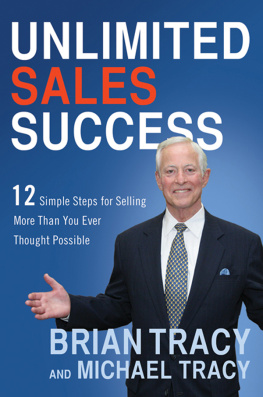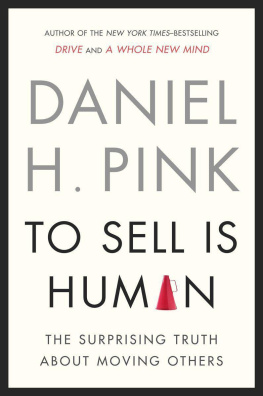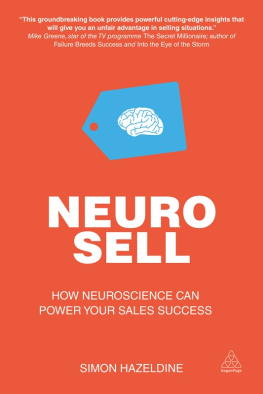SELL MINDS
NOT THE PEOPLE
Neuro Sales: The Science of Selling More by Talking Less
A Psychology of Selling
By: SIGMUND MOORE
Tables of Contents
Introduction
1. Neurosales versus traditional sales
2. Neuroscience for sales
3. The decision process
4. The symbolic value
5. Twenty neuro-tips to sell better
6. Structure of a neuro sales discourse
7. Neurosales in a specialized way
8. The seller's mind
9. Hiring and motivation of sales teams
10. Homeworko
Introduction
This book on neurosales is a conclusion of several years of studies focused on understanding how the human mind works in sales processes. For a long time, I have talked about how to do more effective advertising and branding, better products and concepts, as well as strategic and valuable innovations, but often sales teams would say to me, "We want to know how to sell more because that is what we live on."
I believe that everyone in the world should learn to sell, because whoever does not know how to do it does not get anything, not even a partner, that simple. It does not matter if you dedicate yourself to medicine or the sale of flats, if you run a company or lead an organization, above all you must know how to sell, be it your knowledge, your ideas, your products or your leadership. There is no doubt that the art of knowing how to sell leaves a lot in life because it helps you achieve things more quickly and effectively, and without much wear and tear.
This book is interesting for people like you, who understand the importance of being able to communicate and connect effectively with others, as a strategy to ensure that the product or service you offer has a positive impact, to generate greater closeness and acceptance. The physiology of women and men is different, and so are the behaviors and cognitive processes of our brains. When, in the examples that I include, I simplify and generalize the differences between male and female behaviors when faced with a sale, I do so solely to illustrate my conclusions.
HELLO, COMMODITY!
First of all, you have to understand a fundamental concept: today we are surrounded by commodities. And what does that mean? In the economy, commodities were known as basic products or raw materials from nature, such as water, rice, wheat or oil, to name a few examples. At the time, the goods created by man were not commodities, but nowadays these products are being commoditized; that is, they become indispensable elements to the extent that they become massive and not distinguishable from each other.
When this happens, no matter what you sell, you are perceived the same as your competition. In this world full of information, there is a tie between technological and industrial capabilities, so it is really very difficult to say "I am different" or "I offer something different." Even if you were or had it, it is even more difficult to communicate it and for people to believe you.
What better example than Sony's Xperia Z2 mobile phone, a spectacular device that allows you to dive and take photos underwater. Although it has characteristics far superior to the Galaxy or iPhone 5, people hardly know it and few buy it.
What happens is that now everything is a commodity. Think about mobile phones: Samsung Galaxy S5, iPhone 6, Sony Xperia, Nokia ... They are all more or less the same! One runs out of battery at 6:30 in the afternoon and the other at 7:20 at night. A little more or a little less, some detail on the screen, but finally all mobile phones are very similar, or at least their manufacturers always highlight the same elements.
Take the automotive market, for example: it is amazing to see how it has become commoditized. Surely it has ever happened to you that you have seen an attractive car and you have to approach half a meter to find out what make it is. Before that did not happen, you saw a car two hundred meters away and you knew if it was Mercedes Benz, Audi or BMW, but today you cannot determine with certainty. Now you see one that looks like an Audi, you get closer and it's a Kia. It happens every day because there is an excess of commoditized products.
I remember that, in one of my lectures, one of the listeners told me that she sold waste management services, that is, garbage. I asked her if she had competition, she replied: "Not at the same level, but in very similar things." If by referring to "very similar things" she is saying that it is practically the same and that even she, as a seller, cannot differentiate, then it is clearly commodities.

If I ask you to compare your company with ten others in your environment, preferably with the most important ones in your sector, and you find that they say and do the same, then they are simply the same thing. And when they are all equal, do you know who wins? The one that lowers the price, that simple, and that is not business.
It is not good to dominate because you give the cheapest price, simply because that way no one wins, much less the consumer, who is not given the opportunity to choose under clear and transparent criteria. And you as an entrepreneur are not far behind: when you are operating with a margin of 12% to 14% and you drop to 4% just to keep the contract, you are working for free.
There are things that have been commoditized recently, such as mobile phones or vehicles, while furniture and jewelry did it years ago. I had that experience, I got married recently and needed to buy the famous engagement ring. I found a place where they had the catalogs of all the famous jewelers and they made any ring exactly the same as the original, but for a tenth of the price, of course.
I am dedicated to one of the strangest things in the business world: it is called neuro marketing and it consists of strategically connecting products, services, brands or categories with the consumer's mind. We are just a handful of companies globally that work correctly and ethically. Sometimes, when I go to compete for a project, there are three or four people who offer their services equally, but, in a 45-minute meeting, the future client does not understand what the real difference is between each proposal and even On some occasions, I also fall into offering a commodity.
When you go to buy a microwave oven, I am sure you buy the cheapest or the one that is on sale, simply because this is one of the most commoditized products of all. So who can say that it does not offer a commodity? Floors? What more commodity than floors! All have kitchens, built-in wardrobes and bathrooms; If it becomes fashionable to sell them on one hundred and twenty square meters, they are all one hundred and twenty square meters. Sure, some have gray tiles and the other brown, but there are basically no perceptible differences to the brain. This is where location is everything. But when they lack it, if you don't know how to sell, you have a problem.

In a world in which all sectors are becoming commoditized, where they all taste the same, sound the same and look the same, the brain does not have the ability to differentiate and make a purchase decision, precisely because they all make us feel the same or, in technical words, they activate in the same way. Then, according to your ability to differentiate your product, based on a very powerful sales pitch, on the experience and on the differential advantages that the merchandise offers, you can achieve a better acceptance from consumers by showing yourself close to their expectations and needs.
Next page
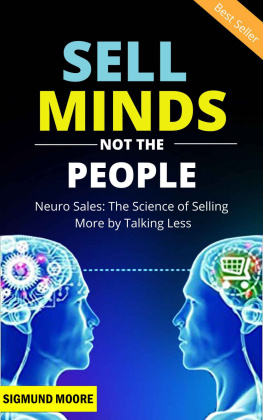
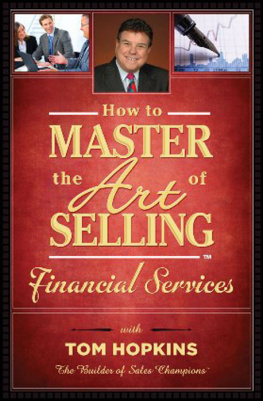



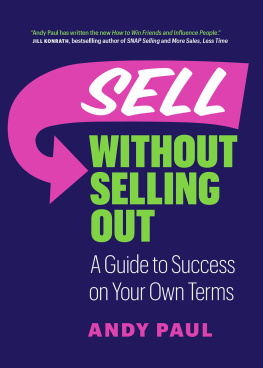
![Pink - To sell is human-- in 30 minutes: the expert guide to Daniel H. Pinks [critically acclaimed book]](/uploads/posts/book/227093/thumbs/pink-to-sell-is-human-in-30-minutes-the-expert.jpg)
